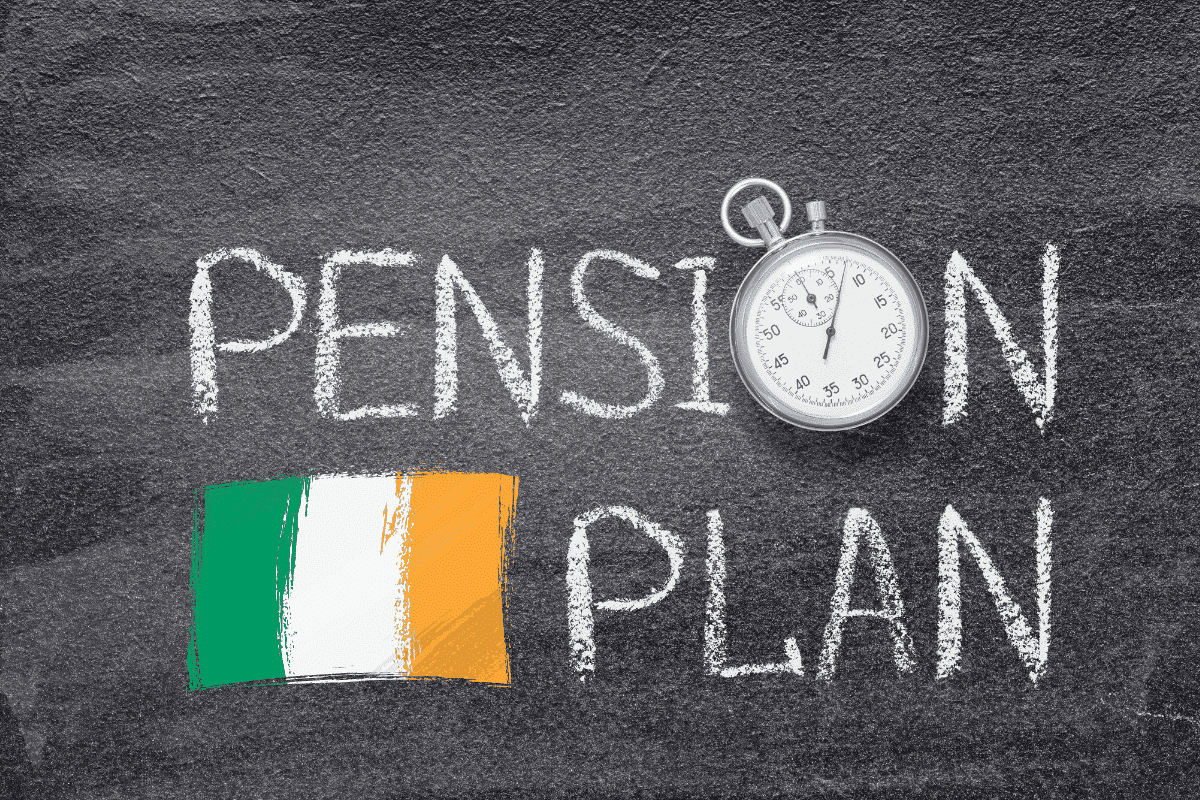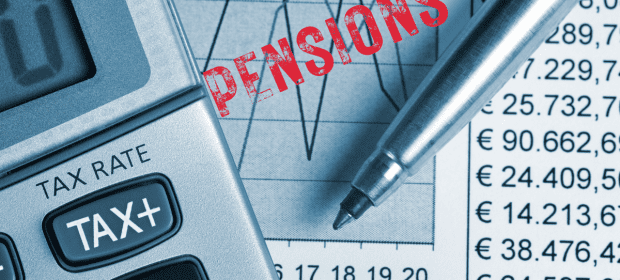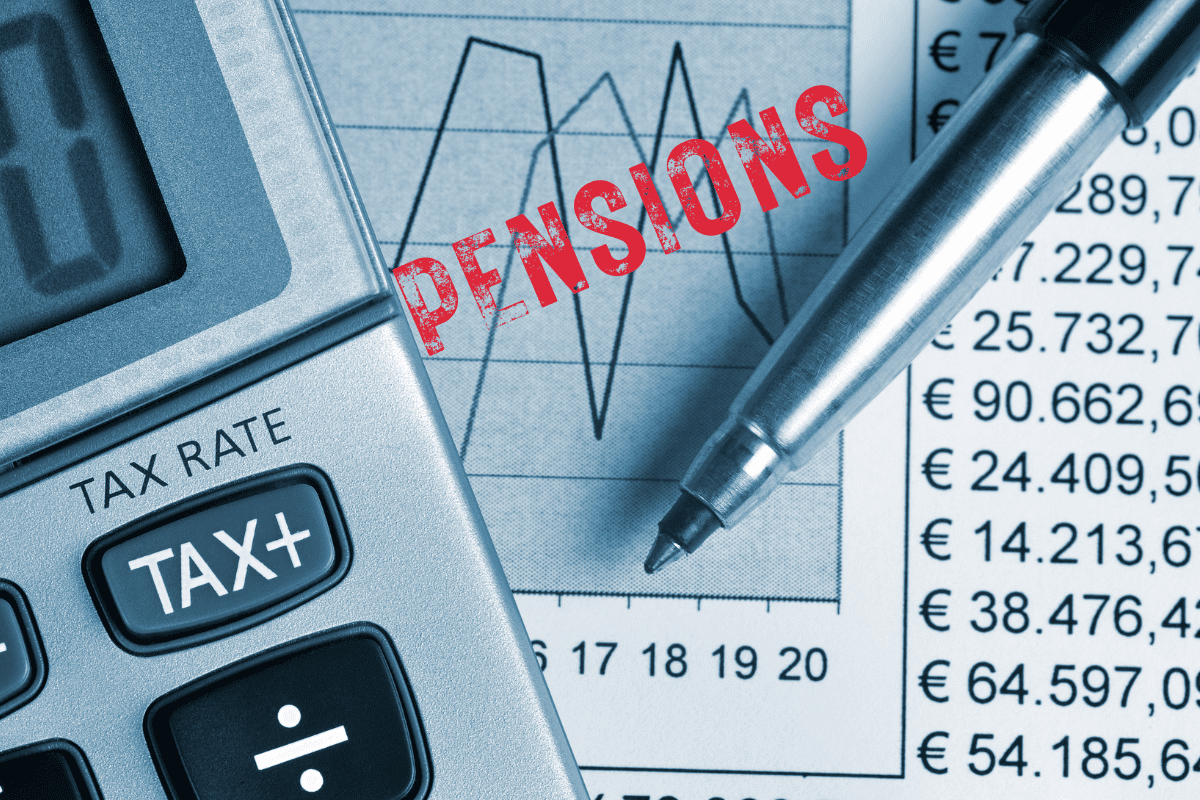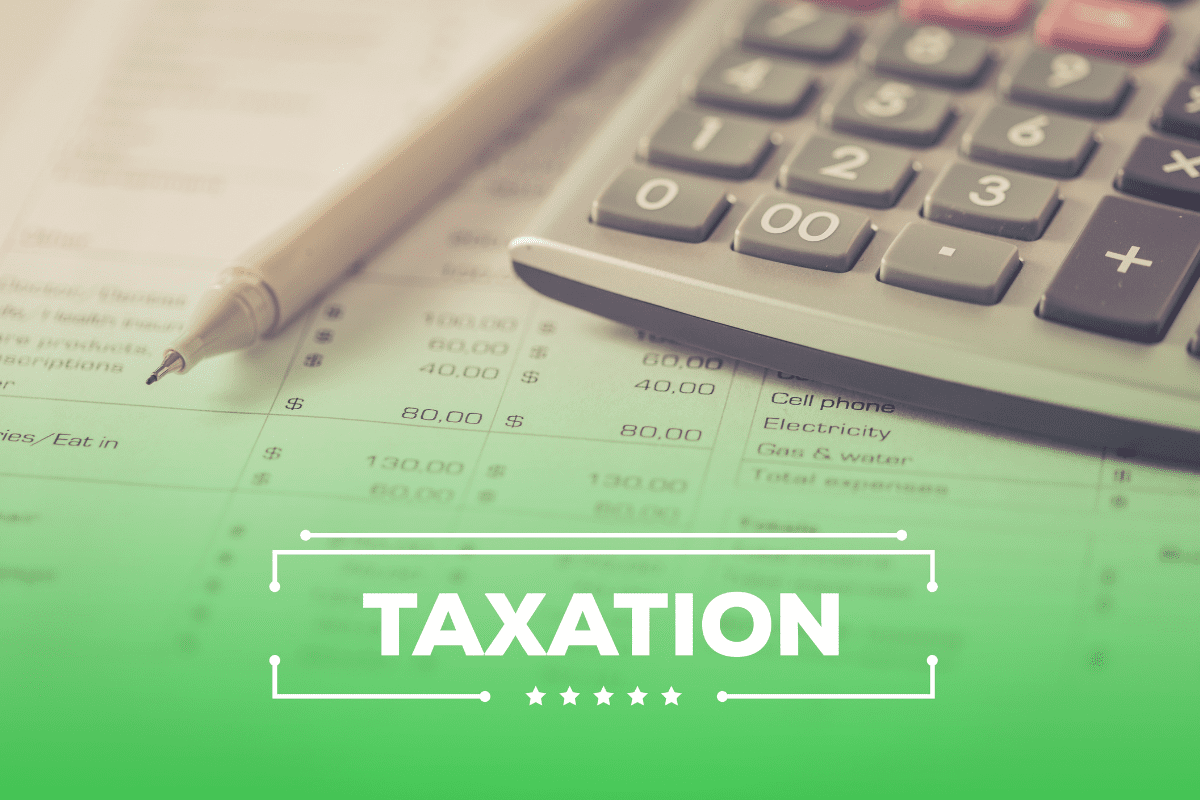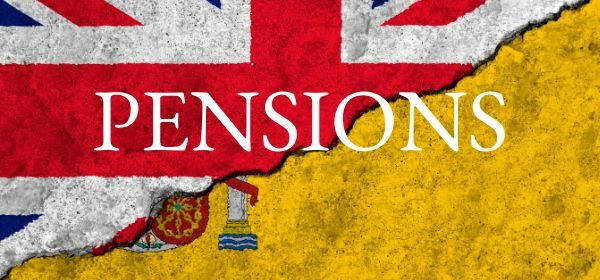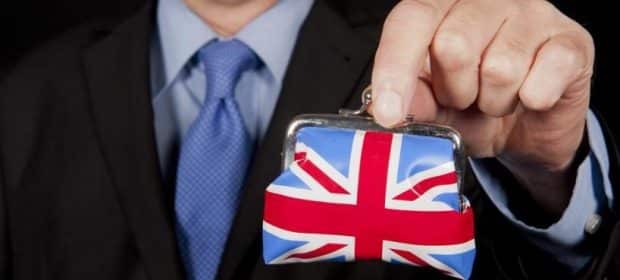Have you ever worked for any of the below institutions for less than 10 years? Go ahead, and have a look:
• European Commission
• European Council
• European Parliament
• EEAS
• European Court of Justice
• Eurocontrol
If yes, then carrying on reading this article, as an EU Pension Transfer will definitely be of interest to you. If not, then you’ll probably want to stop reading, unless you know someone in the aforementioned position.
To Whom It May Concern, if you have worked for less than 10 years at the EU Institutions (and have left), you will not have qualified for the gold plated, much coveted, EU Pension. I say much coveted, as no one is really making pensions like them anymore; as they are very, very expensive for the employer to maintain. Yet, they can be very, very good for you, the employee. Anyway, I digress. That is for another article.
As you will know by now, you have to work at the EU Institutions for at least 10 years (this can be interrupted, as long as the total is 10 years) before you qualify for the pension. If you leave before that time, then you are eligible for a severance grant which you can transfer into a scheme that has been approved by the EU. As it states in the EU Staff Regulations handbook:
“An official aged less than the pensionable age whose service terminates otherwise than by reason of death or invalidity and who is not entitled to an immediate or deferred retirement pension shall be entitled on leaving the service:
a. where he has completed less than one year’s service and has not made use of the arrangement laid down in Article 11(2), to payment of a severance grant equal to three times the amounts withheld from his basic salary in respect of his pension contributions, after deduction of any amounts paid under Articles 42 and 112 of the Conditions of Employment of Other Servants;
b. in other cases, to the benefits provided under Article 11(1) or to the payment of the actuarial equivalent of such benefits to a private insurance company or pension fund of his choice, on condition that such company or fund guarantees that:
I. the capital will not be repaid;
II. a monthly income will be paid from age 60 at the earliest and age 66 at the latest;
III. provisions are included for reversion or survivors’ pensions;
IV. transfer to another insurance company or other fund will be authorised only if such fund fulfils the conditions laid down in points I, II and III.”
The last 4 points are the most important to note as your money will not be transferred unless the approved receiving organisation adheres to those criteria.
WHY WOULD I TRANSFER?
Essentially, you have to, unless you like losing large sums of money. If you have not transferred by the time you have reached pensionable age, then your money disappears and is absorbed by the EU. If you die before you claim your money, then it is also lost. It will not be transferred to any beneficiaries as it is not a pension. When you leave, the amount that you leave behind is frozen and only increases at a very low interest rate; no further contributions are made on your behalf. So moving it when you leave allows you the opportunity to invest it into funds that could grow your money substantially over the years (depending on how close you are to retirement). For example, if you left the institutions at 40 years old, you would have at least 25 more years to grow your money. If you leave earlier, then you would have longer.
Moving it would also allow you better protect your financial future, make provisions for your partner or dependents/beneficiaries. It can be of benefit even if you decide to return to the EU Institutions.
There may be circumstances where it is not appropriate for you to transfer the money at that time, your particular situation will be evaluated by our pension specialist who will compile a report detailing the appropriateness of the potential transfer.
SOUNDS GREAT! WHAT NEXT?
We will conduct an evaluation of your situation and also the accumulation of your money at the EU. Once we have confirmed and agreed with you that transferring out is the right option for you, we will work with an approved provider to who complies with the requirements as stated above who will help set up your new pension. Then, as part of our ongoing service, we will review your pension and personal circumstances every quarter to ensure that you are always updated with the latest information. Even if you move countries, our service will continue.
We have established contacts with case handlers in the Office for the Administration and Payment of Individual Entitlements (the department responsible for calculating and transferring your money), and have developed the knowledge and expertise to ensure a smooth transfer, putting you in control of your money and helping you make the right decisions, as and when they are needed.
So, if you have no longer work for the EU Institutions and have less than 10 years’ service, you don’t like losing large sums of money, wish to protect your financial future, and potentially provide for your dependents/beneficiaries, then contact me either by email: emeka.ajogbe@spectrum-ifa.com or phone: +32 494 90 71 72 to see whether an EU Pension Transfer is suitable for you.



